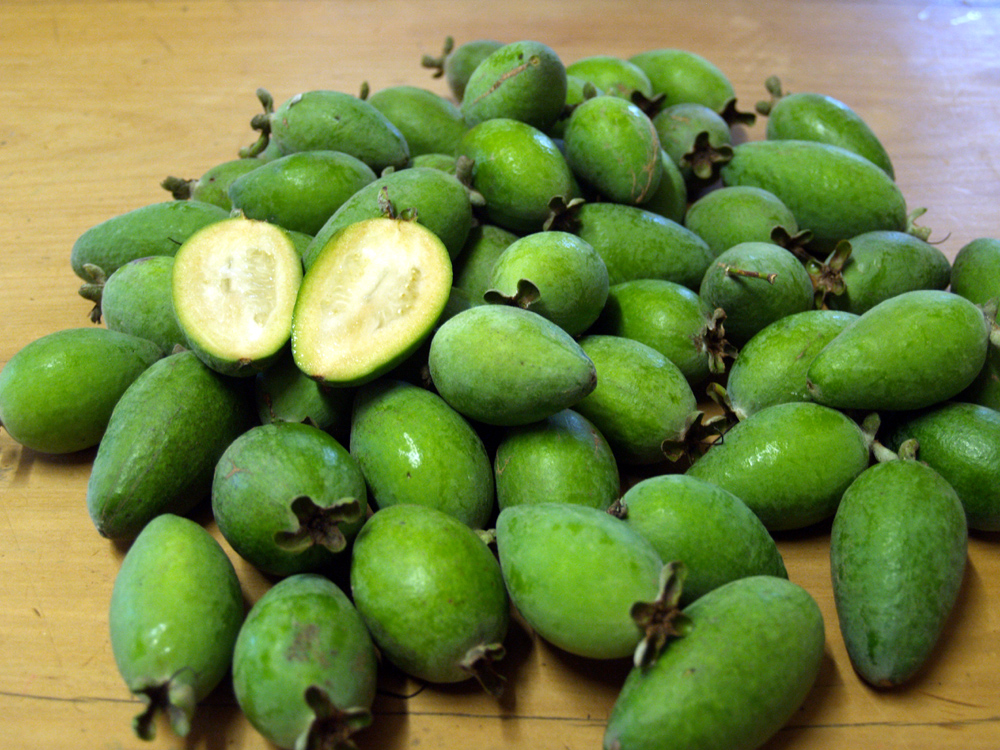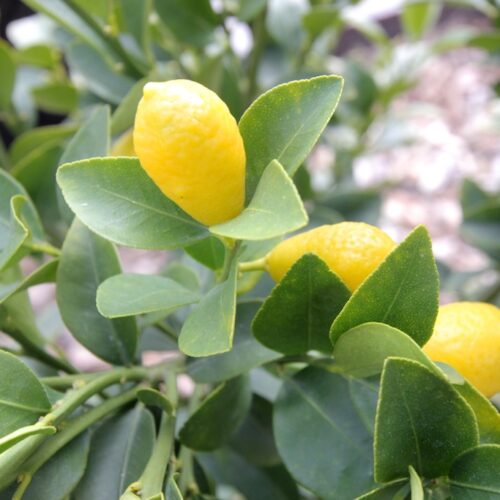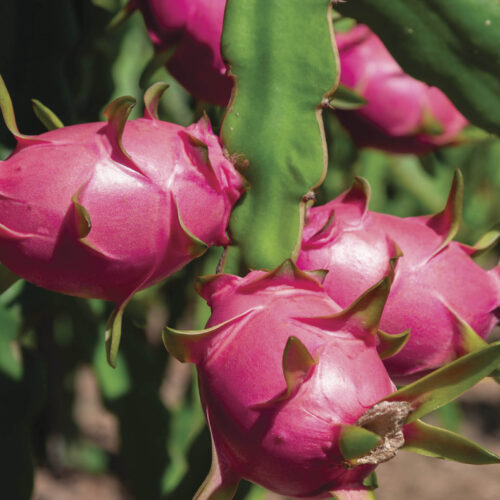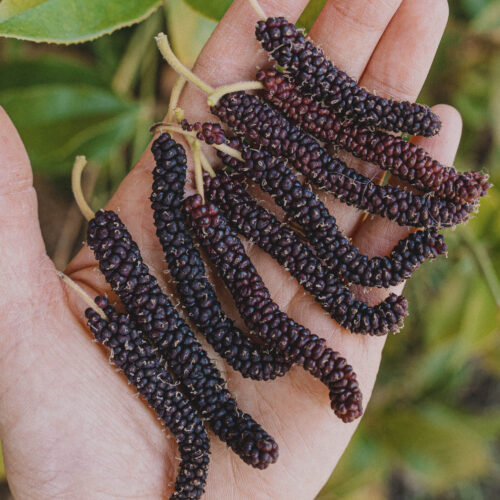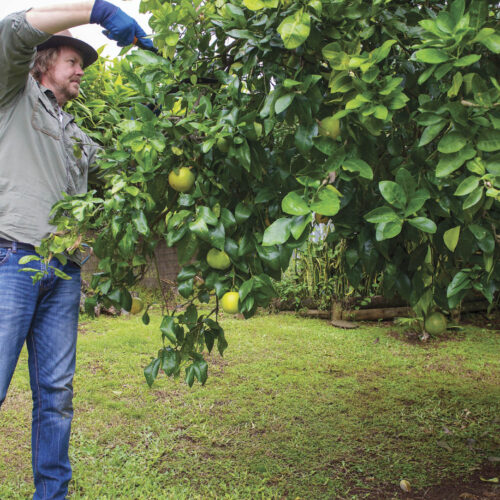In Praise of Feijoas
2012-01-26T23:25:49+11:00
Feijoas are a tough and adaptable plant for the organic home garden. JUSTIN RUSSELL sings the praises of this myrtle relative and its delicious fruit.
A few weeks ago I planted a new feijoa hedge to give my stonefruit trees some protection from the prevailing summer easterlies. The area I chose for the hedge is a tough one. It’s exposed, and not far from a reasonably large eucalypt. To add insult to injury, I planted the hedge before an unexpected dry spell that saw hot winds blow straight out of central Australia for days on end.
To reduce moisture loss from the leaves I cut the plants back by about two thirds, and we watered daily during the dry spell. Prior to planting I emptied a bucket of water into each of the holes and let it drain deeply into the soil. Despite these treatments, it was so dry that I thought the feijoas might be done for, and we’d be up for a dozen new plants.
Ye of little faith! Instead of dying, the plants actually put on new foliage. I knew feijoas (pineapple guavas) were tough enough to grow in a wide range of conditions, but this was a complete revelation to me. I’ve planted things like lillypillies in similar dry spells only to see them drop dead within days, so the secret to the feijoa’s toughness must be in the leaves. They’re silvery, which reflects heat from the sun, and really leathery, which reduces transpiration.
Feijoa foliage is also cold hardy. I’ve got an old established plant here in the garden, and it copes easily with our frosty winters, even surviving a freeze of -10C in 2007. Ten metre tall trees dropped their foliage and some plants with a reputation for hardiness simply froze to death, but not the feijoas. They were nipped back a bit, but came on well in spring and set a good crop of fruit the following summer.
It’s just as well because the old feijoa was one of the few fruiting plants in the garden when we arrived in 2006. If you’ve never eaten one of the torpedo shaped fruits before, the flavour is something akin to pineapple sherbert. I like it a lot. Fresh feijoas are eaten just like a kiwifruit – you cut it in half and then scoop out the flesh with a teaspoon. Cooking seems to bring out the pineapple flavour even more, so in a bumper year, we make one of my favourite jams from the glut.
I can think of only two downsides to growing feijoas. One is that they provide a food source for fruit fly during autumn, and it will be necessary to use organic baits and sprays to keep the insects under control. The second downside is that the feijoa is part of the Myrtaceae family. As a consequence it may become prone to the recently introduced fungal disease myrtle rust. Early tests indicate good resistance, so here’s hoping feijoa is one of the myrtles that remains unaffected. It would be a shame to lose such a fantastic plant.

